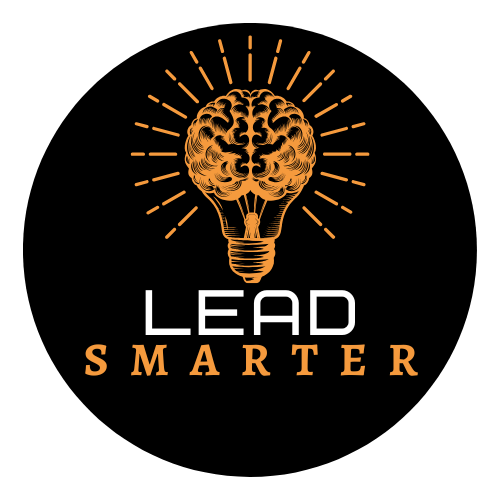The Strategic Competitive Advantage of Human Capital
When every company can access similar technologies, what truly separates market leaders from the rest? The answer lies in human capital—the collective knowledge, skills, capabilities, and creativity of an organization's people.

In today's digital economy, organizations face an apparent paradox: as technology becomes increasingly sophisticated and accessible to all, it simultaneously becomes less of a competitive differentiator. When every company can access similar technologies, what truly separates market leaders from the rest? The answer lies in human capital—the collective knowledge, skills, capabilities, and creativity of an organization's people.
Why Human Capital Creates Sustainable Advantage
Unlike technological assets that can be purchased or replicated, human capital represents a unique competitive advantage that's difficult for competitors to duplicate. This advantage manifests through:
Organizational Culture and Collective Intelligence
When people collaborate effectively, they create value that exceeds the sum of individual contributions. Organizations with cultures that foster psychological safety, continuous learning, and meaningful collaboration develop a form of collective intelligence that becomes embedded in their operations.
This cultural DNA shapes how people solve problems, make decisions, and innovate, creating a distinctive capability that transcends any individual employee and cannot be easily copied by competitors.
Tacit Knowledge Networks
Beyond documented processes and explicit knowledge, organizations develop intricate networks of tacit knowledge—the intuitive understanding, professional judgment, and contextual wisdom employees accumulate through experience.
These knowledge networks enable faster decision-making, more effective problem-solving, and unique approaches to market challenges that technology alone cannot provide.
Adaptive Capacity
In rapidly changing environments, an organization's ability to sense shifts, reorient priorities, and execute new strategies determines its survival. This adaptive capacity resides not in technological systems but in people who can learn continuously, embrace ambiguity, and navigate complexity.
Companies that systematically develop these human capabilities create resilience that technology-focused competitors struggle to match.
Building Strategic Human Capital
Forward-thinking leaders are reimagining how they develop human capital as a strategic asset:
- Shifting from skills acquisition to learning agility development
- Designing work environments that maximize cognitive diversity and creative collaboration
- Creating leadership pipelines that emphasize both technical excellence and human connection
- Measuring and rewarding contributions to collective intelligence, not just individual performance
- Investing in employee wellbeing as a foundation for sustainable high performance
The Future Competitive Landscape
As AI and automation transform work, human capital's competitive advantage will only grow more pronounced. The most successful organizations will be those that excel at:
- Integrating human judgment with algorithmic intelligence
- Creating environments where employees can contribute their uniquely human capabilities
- Building cultures where continuous reinvention is the norm
- Developing leadership that amplifies human potential across the organization
In this new landscape, the winning formula isn't replacing humans with technology but strategically combining technological capabilities with distinctively human strengths. Organizations that master this integration will create sustainable competitive advantages that transform how they compete and what they can ultimately achieve.
Human capital isn't just another corporate asset—it's the foundation of resilience, innovation, and sustainable growth in an increasingly complex world.
